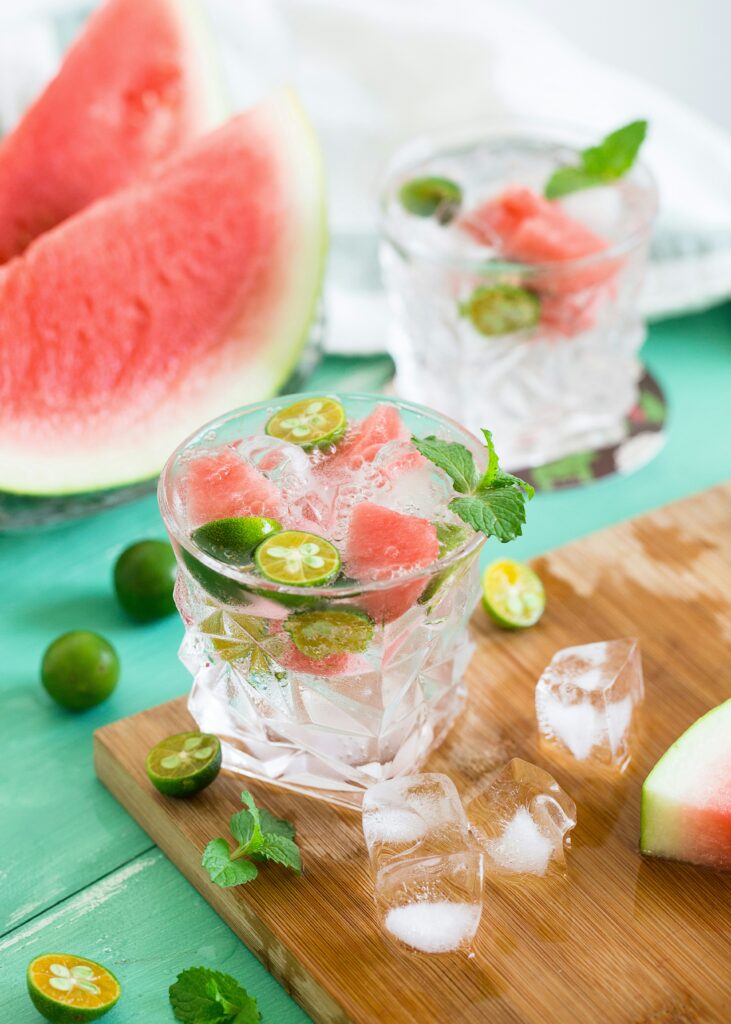Dr Feingold’s ideas caused much heated controversy in the medical and wider community, but particularly in the food industry. The controversy raged with Feingold saying that artificial additives were toxic, but the medical profession, the population in general, and the food industry strongly disagreeing, and the media covering various points of view. The public were not happy as the diet was seen as depriving children of the joy of treats and food on special occasions, even though there was also a back-to-nature anti-sugar movement at the time. The story of the Feingold diet makes interesting reading, with details provided in my first book “Are You Food-sensitive?” and my online blogs.
I started using the diet after meeting Louis Salzman, a psychologist who had heard about it. He worked with hyperactive children in Rockhampton, a nearby city, and asked me to help with implementing the diet in a group of twelve children. They were the remaining children after he had tried various counselling options, or their doctor had successfully tried the medications available at that time. So they were the children who were most likely to be respond to this new option.
This wasn’t a usual type of diet whereby patients just use the foods allowed by their dietitian, and it fixes their one particular problem. In this case the hyperactive children also had various other symptoms improve on the diet, such as eczema and sleeplessness. To make it even more complicated, some children had symptoms with foods we didn’t expect, such as milk. This diet caused effects that nobody had seen before. So a totally new approach to diet management was needed. I learnt that symptoms usually became worse before they improved, and this was part of the withdrawal process. I included challenges—where removed food groups are re-introduced to test if symptoms come back—as part of the diet practice. This helped understand individuals’ reactions to various foods. They may have reintroduced all disallowed foods, or a particular one that mattered such as tomato.
At home, my husband—being a doctor—felt we should test the idea of salicylate sensitivity. He asked our local chemist to provide some pills for me. Some were aspirin and some looked identical but were a placebo. After about five days on the first group of tablets I noticed I was making many more errors when typing, though I had not noticed less errors as one of the diet benefits. Then my headaches came back and my sinuses became clogged again. We checked with the chemist and I had been having the aspirin tablets. I have not had one aspirin since! I remember taking a week to recover from my aspirin diet challenge. But doing the challenge did make me feel secure that something real had happened.
As part of the media interest, I remember that the ABC 4Corners media TV crew came up from Sydney to interview me and some of the parents I had on the diet. Unfortunately it was the week after I had run some personal food challenges and was experiencing the withdrawal symptoms, so it was not an interview I was proud of!
I was able to find a senior dietitian, Dr Joan Woodhill, in Sydney, who had developed an Australian version of the Feingold diet in 1974. I used her diet in my early work. The rest of the Australian dietetic profession were not supportive of this diet. They saw it as non-scientific and a ‘fad’, so I was very careful to develop clear instructions and to carefully document what foods were reported as definitely causing reactions. The scientific evidence began with my published findings in 1976, Cook and Woodhill’s clinical study published in 1976, and my clinical research published in the Australian Family Physician in 1978.

Definitely worth trying for food sensitive children and adults. My son’s frustration tolerance was found to be much higher when avoiding red colouring in particular and my own emotional liability (eg. unexpected tendancy to cry easily) went up with regular orange juice. And apparently my mother avoided having orange juice when she breast-fed me because I would get a rash.